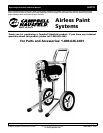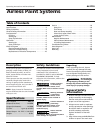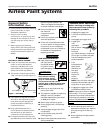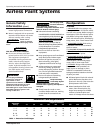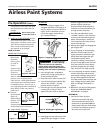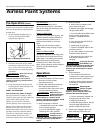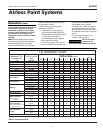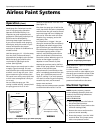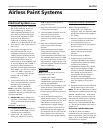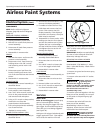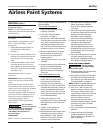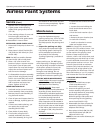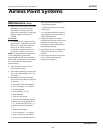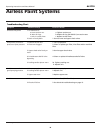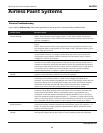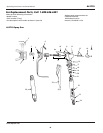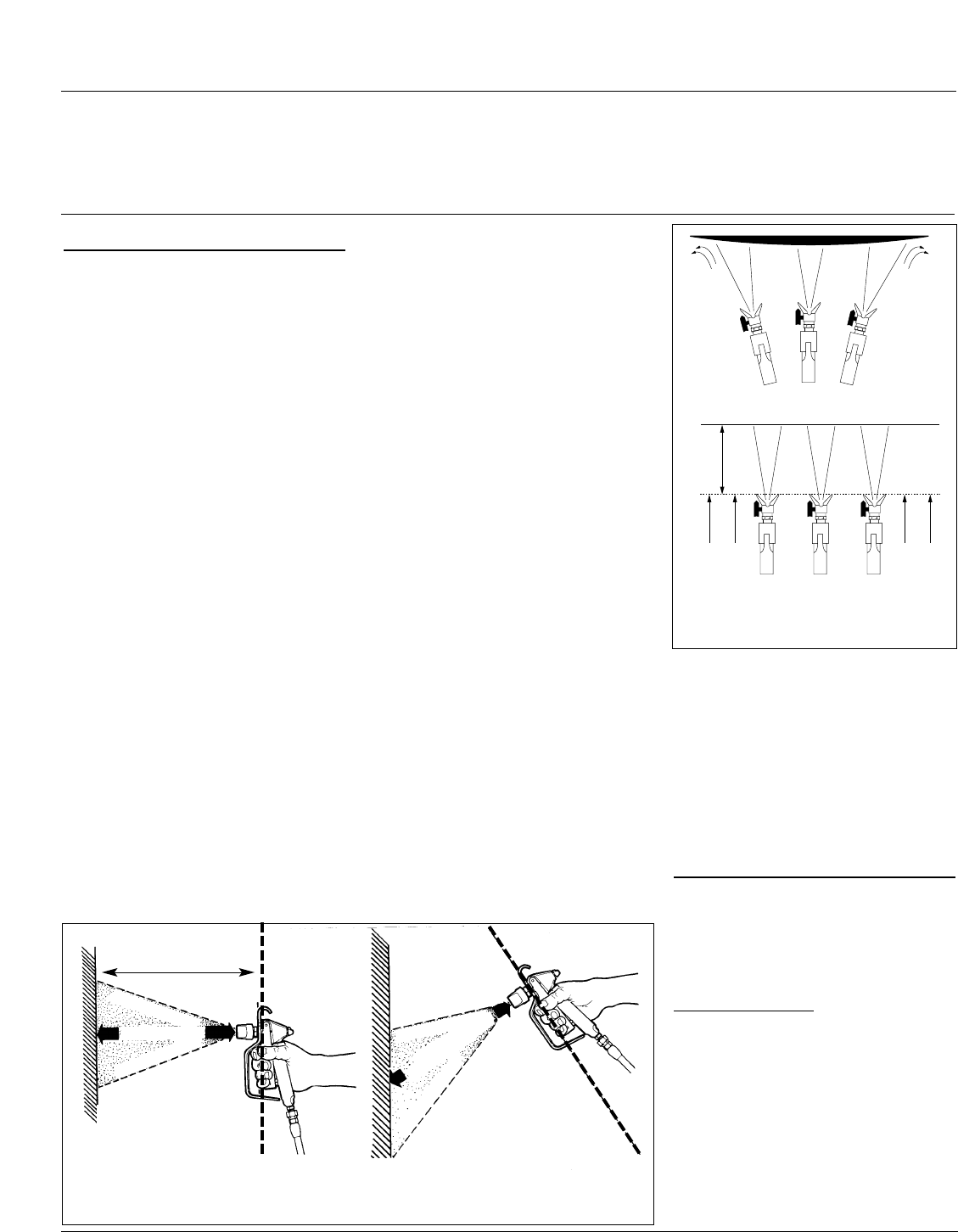
8
Operating Instructions and Parts Manual
Airless Paint Systems
www.chpower.com
Operation (Cont.)
SPRAY TECHNIQUE
Good Spray Gun Technique is at the
core of any spray paint operation.
Operator skill and efficiency is as
important as good equipment and
good paint. Good spray technique is a
skill that can be developed by
following these simple instructions.
If you are not familiar with spraying
techniques, study this section of your
manual and practice the proper
technique on pieces of cardboard or a
suitable surface.
Hold the spray gun 12 - 15 inches away
from the work surface and keep it
perpendicular (straight) to the surface.
Move the spray gun parallel to the
work and at a right angle to the
surface. (See Figure 8).
Move the gun at a steady rate in order
to apply a good coverage. The wet
coat should be just under the thickness
at which a run or sag will occur. Slow
gun movement or gun held too close
will result in an overly wet or thick wet
or thick coat coverage that is likely to
run or sag.
Do not wave the spray gun. This
waving is called arching. Instead, hold
the spray gun at a 12 to 15 inch
distance perpendicular from the work.
(See Figure 9.)
The closer the spray gun is held to the
work, the thicker the paint is deposited
and the faster the gun must be moved
to prevent sags and runs. Holding the
gun too far from the work will cause
excessive fog, overspray, and a thin
and grainy coat.
It is important to "trigger" the gun
after gun movement (arm movement)
has started and release trigger (shut
gun off) before gun movement ends.
Gun movement is always longer than
actual paint (spray) stroke. In that
manner, even blending and uniform
paint coat thickness is achieved over
the entire surface. When the gun is in
motion as the trigger is pulled, it
deposits an even amount of paint.
Overlap the previous pass by half the
width of the spray pattern. Aim at the
bottom of the previous pass.
Adjust Pressure Control Knob so that
paint is completely atomized from the
spray gun. Insufficient pressure will
result in “tailing.” Too much pressure
will result in excess fog and overspray,
excessive tip wear, and increased
sprayer wear and tear.
Always use the lowest pressure possible
to obtain desirable results. Test the
spray pattern on a piece of cardboard
or other surface.
To cover “inside” and “outside”
corners (on walls or other objects), aim
the spray gun toward the center of the
corner. The spray pattern is divided in
half, and the edges of the spray
pattern on both walls are the same.
Electrical System
ELECTRICAL BOARD CALIBRATION
NOTE: Anytime a sensor, pressure
control assembly (board) or both are
replaced, the following calibrations
must be performed.
ZERO CALIBRATION
1. Place prime/pressure relief valve in
the prime (open) position.
2. Set the pressure control knob to the
minimum setting (CCW).
3. Remove the screws and lower the
pressure control assembly.
4. Ensure the jumper is on the "P-ZR"
terminal. Note: This jumper comes
with a new pressure control
RIGHT
WRONG
Gun is held at an angle,
fluid disperses unevenly
Gun is held perpendicular
to work piece, fluid
disperses evenly
Figure 8 - How to hold spray gun when spraying
Figure 9 - Proper Spray Technique
INCORRECT
CORRECT
Start
Pull
Trigger
Release
Trigger
End
12-15”
AL2710



